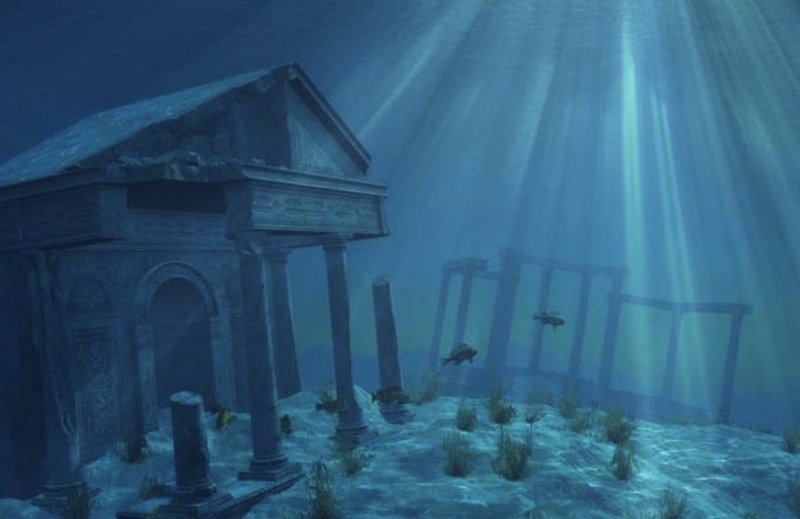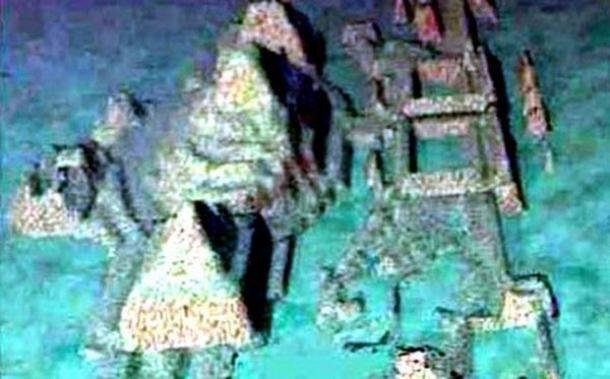
© BigStockPhotoArtist’s representation of underwater ruins
In his
Underworld: The Mysterious Origins of Civilization, Graham Hancock examines the numerous structures that have been discovered underwater around the world. Most of the sites that Hancock discusses lie less than 120 meters (395 feet) below sea level, which comes as no surprise since the sea level never fell below this mark during the time Homo sapiens walked the earth. Submerged over 700 meters (2300 feet) underwater, the Cuban city discovered by Paulina Zelitsky and Paul Weinzweig during a joint Cuban-Canadian expedition is the singular exception.
Overturning Old Theories How can the existence of this underwater city at this great depth be reconciled with the well-established consensus that the sea level never dropped so low? In Hancock's own words: "What one would not expect to find in water anywhere near as deep as 700 meters would be a sunken city - unless it had been submerged by some colossal tectonic event rather than by rising sea levels."

Reconstructed Image from the sonar scan of the sea floor off the coast of Cuba.
However, the hypothesis that the city was originally built at a higher altitude and subsequently sunk to its present depth through tectonic activity has not stood up to the scrutiny of the experts. Grenville Draper of Florida International University considers it highly unlikely that such an event could have occurred: "Nothing of this magnitude has been reported, even from the Mediterranean..."
Supposing Draper's remarks rejecting the likelihood of the city having submerged are reliable, we are compelled to accept that the city was built at more or less the same depth that the city is located now. In other words, we are faced with the patently absurd conclusion that the structures were built underwater! Though proponents of the aquatic ape theory may beg to differ, it is clear that we have reached an impasse. Could there be an alternative theory that satisfactorily accounts for these structures at such depths?
Read the rest here
"Caribbean Sea has a similar geological history as the Mediterranean Sea? That is, could the Caribbean Sea have been a dry basin, and could it have been so during the existence of anatomically modern man?"
This line suggests that Mediterranean was dry during existence of modern man. But as far as I know, the Mediterranean Sea was dry over 5 millions years ago, when there wasn't any anatomically modern man. It was more ape-man than human, even before Australopithecus. I doubt Pliny had access to such an old oral tradition.